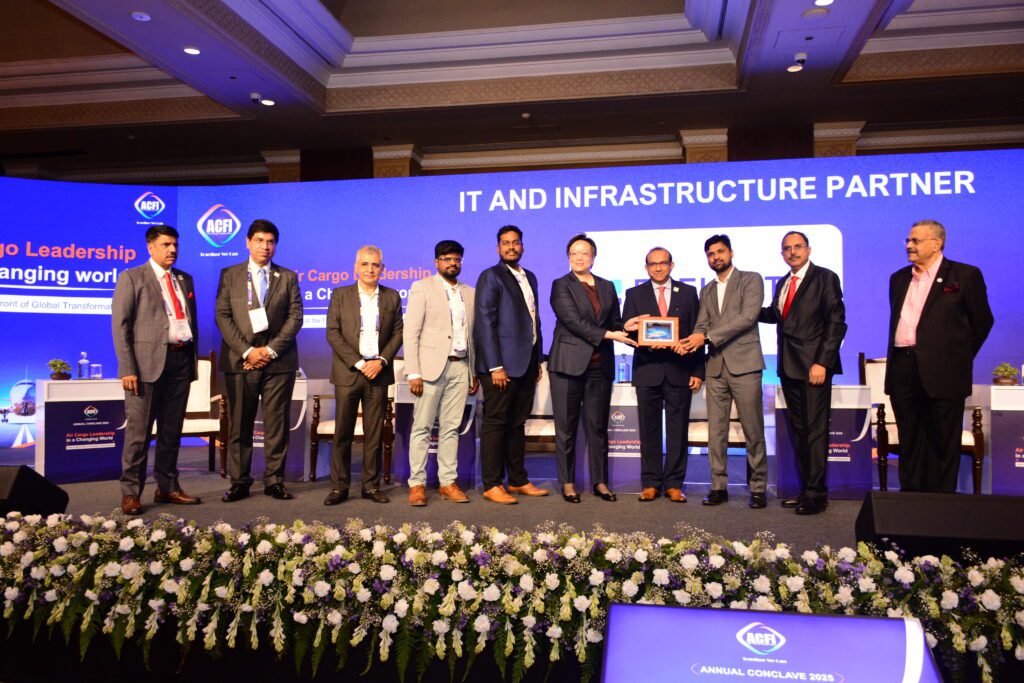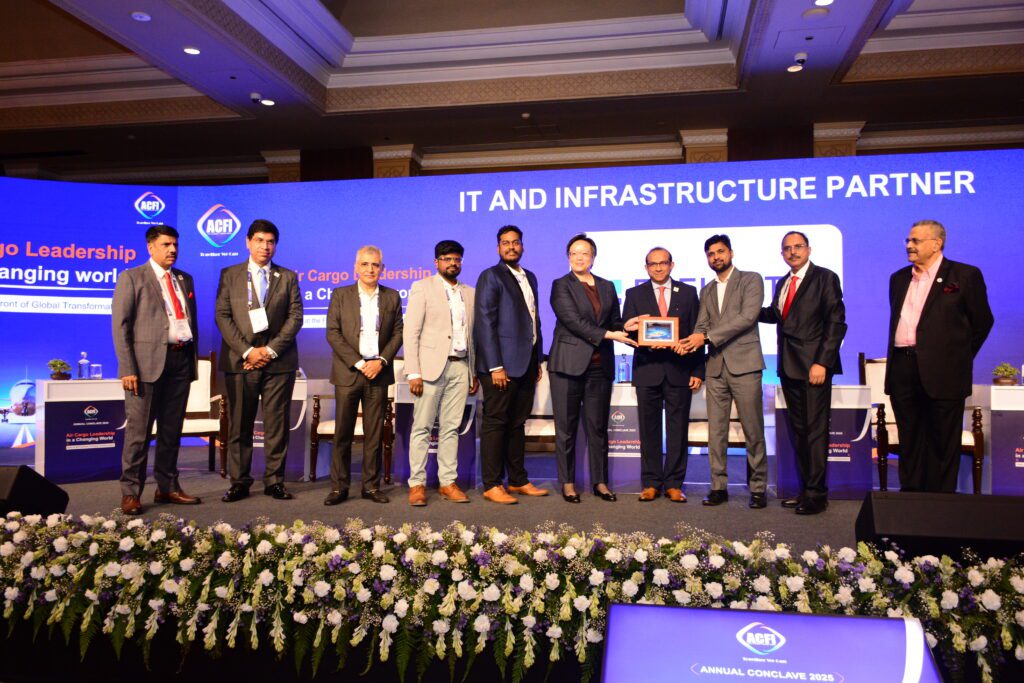We’re not sending people to the moon.
– Something I found myself repeating more than once at ACFI 2025
At this year’s Air Cargo Forum India, where some of the sharpest minds in logistics gathered, I had the opportunity to join a panel titled ‘Defining Your Digital Transformation Journey.‘ And if there was one message I wanted to drive home, it was this: digital transformation doesn’t have to be high-stakes rocket science. It just has to be real.
This panel wasn’t about hype – it was about getting our industry to move. Here’s what made the conversation resonate, and why I believe it marked a shift from talking about transformation to actually doing it.

From Dialogue to Deployment: Time to Move
This association and meeting is a platform for dialogue. But don’t just have conversations. Start doing something – anything.
That wasn’t meant to be provocative. It was a call to action I believe in. Because in freight, progress often stalls not for lack of awareness – but for fear of getting it wrong. But waiting for your ecosystem to evolve isn’t a strategy. Taking the first step is.
And the message didn’t just land – it got picked up immediately.
Cyrus Katgara, the owner of Jeena & Company, celebrating their 125th anniversary this year, jumped in right after with:
Joyce, let’s put some actions together. We will do it!
That energy – that willingness to move from conversation to execution – is exactly what this industry needs more of.
I shared a story during the panel about a small Chinese forwarder we’ve worked with. Eight years ago, they didn’t wait for the industry to catch up. They started building their own internal rate and intelligence tools – with no consultants, no committees. Today, they’re one of the top five sellers on the Freightos Marketplace.
Digital transformation doesn’t start with perfection. It starts with intent.
Data-Driven Forwarders Aren’t Waiting
Markets like China have shown just how powerful data can be in the hands of a forwarder who knows how to use it. At WebCargo, we’re seeing more and more forwarders use Freightos Terminal APIs to:
- Detect underserved lanes
- Track near real-time pricing shifts
- Benchmark performance and quote with confidence
What makes this compelling is not just the insight, but the impact. As Megan Kelley, VP of Enterprise Applications at Crane Worldwide Logistics explained – they’ve moved from reactive pricing to truly consultative routing:
We’re not just pulling numbers; we’re proactively guiding clients on routing options that save them money and improve efficiency.
It’s not about having perfect data – it’s about putting your data to work.
4x Efficiency in 4 Weeks Isn’t a Theory
During the panel, I also highlighted what happens when airlines get proactive. One carrier we recently went live with saw a 4x jump in booking volume per station – within just four weeks. No additional staff. Just less time on emails and more time focused on customers.
More importantly, these changes ripple through the entire ecosystem. With platforms like WebCargo, that real-time data doesn’t stop at the airline – it flows downstream to forwarders’ systems and ultimately into the shipper’s platforms.
It reminded me of what Faisal Karamat from Qatar Airways Cargo once said about digital interlining:
It expands the buying carrier’s network and fills the selling carrier’s capacity – generating revenue that otherwise wouldn’t exist.
This isn’t innovation for innovation’s sake. It’s efficiency that shows up in real KPIs, from response time to revenue. Digitization isn’t about removing people from the process – it’s about removing friction.
India’s Freight Ecosystem Has the Talent. Now It Needs the Tools.
India has some of the most creative and ambitious logistics minds in the world. Imagine the impact if that creativity is matched with action.
I stand by that. And I believe Indian freight forwarders have a unique opportunity to leapfrog legacy inefficiencies. Especially in a market that’s still underserved digitally.
In fact, our latest State of Online Freight 2025 report found that while 72% of forwarders offer instant quoting in some form, only 38% make it publicly available. That means the majority are still gating their tech – often requiring account setup, document uploads, or even phone interviews before a shipper sees a price.
That’s where smaller, more agile forwarders can win – by making quoting easy and frictionless for SMB shippers who don’t want to wait for a callback.
Digital Doesn’t Replace the Human Touch – It Scales It
One thing I emphasized during the panel: this isn’t about removing humans from freight. It’s about removing friction so humans can focus where it matters.
That came up in our latest interview with Megan, where quoting and booking are now fully integrated into Crane Worldwide’s TMS via WebCargo:
There’s no emailing back and forth between the inside sales team and the operations team. It automatically comes into the system, operations review it, accept it, and then books the freight.
And the result? More time for service. Fewer errors. Faster freight.
Even Flexport’s Ryan Petersen, in his reflection on returning to the company, described the shift from efficiency-first back to relationship-first:
We had moved away from that in pursuit of efficiency. What I did in my first two and a half months back was five customer calls a day.
That’s the model: digital quoting on the front end, with a real human ready to step in when it matters.
Digital quoting, human touch. Watch how top LSPs are doing both in 2025.
The Freight Future Is Low-Touch, High-Impact
Technology that reduces human correction or intervention lets us focus on service, not inbox tennis.
– Megan Kelley, Crane Worldwide Logistics
That’s what we’re building toward. Platforms like WebCargo are designed not to replace what forwarders do – but to amplify it.
The most successful teams I’ve worked with aren’t chasing ‘AI-powered hyperautomation.’ They’re fixing what’s broken, one workflow at a time. Cleaning up rate sheets. Enabling eBookings. Surfacing real-time visibility where customers need it.
And in return, they’re freeing up their people to do what freight forwarding is really about: solving problems, building trust, and showing up when it counts.
Final Word: Digital Doesn’t Need to Be Distant
Digitization done right doesn’t replace your personal touch. It reinforces it. It gives your customers the ease they expect – and the confidence that someone’s still there if things go off-script.
The good news? You don’t need to send anyone to the moon.
You just need to send cargo smarter.


